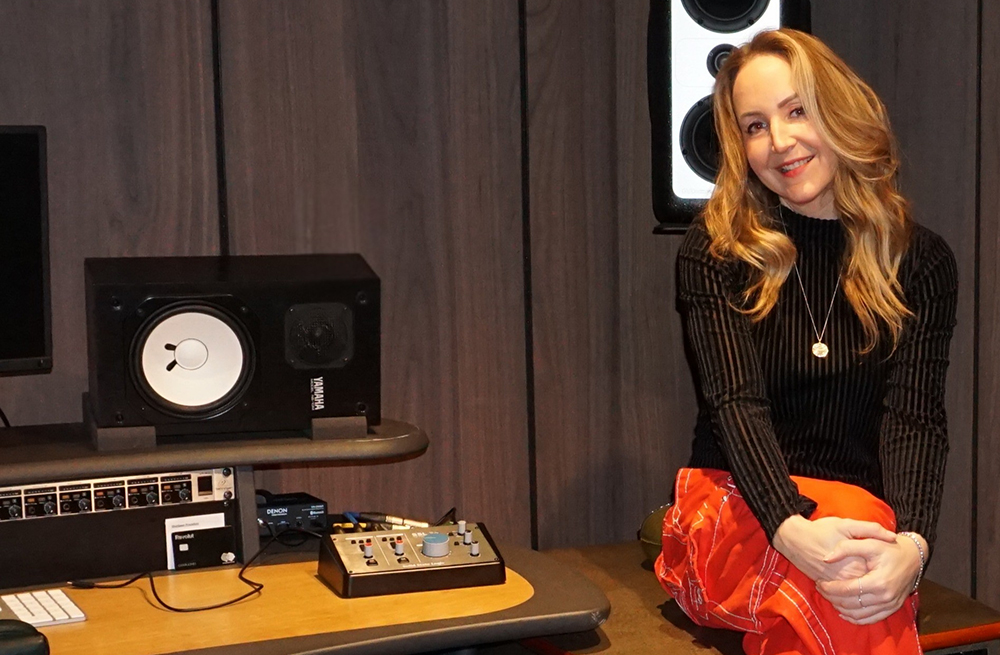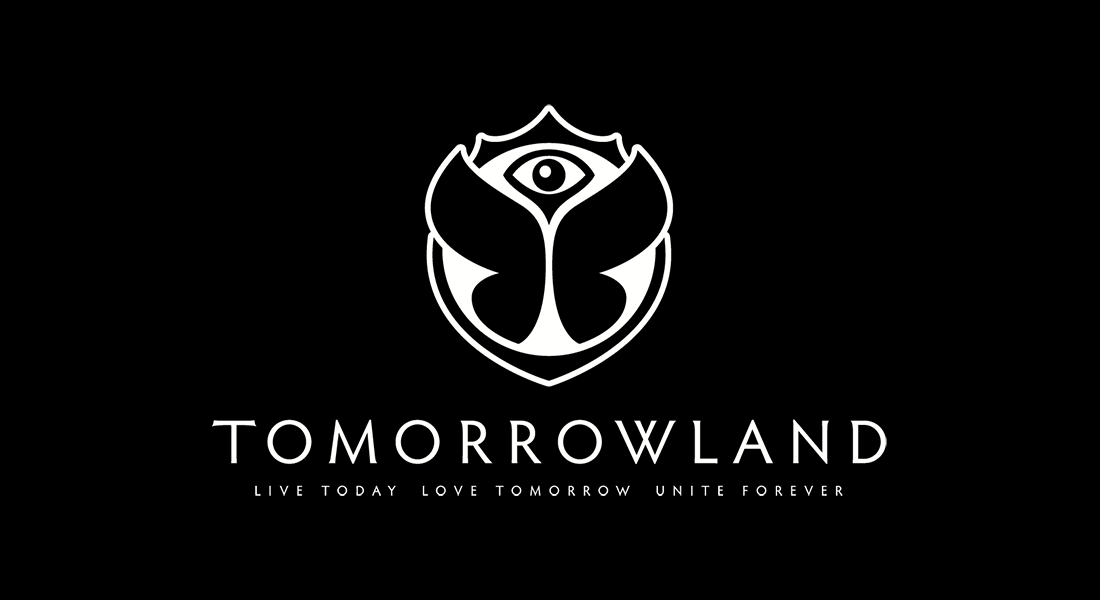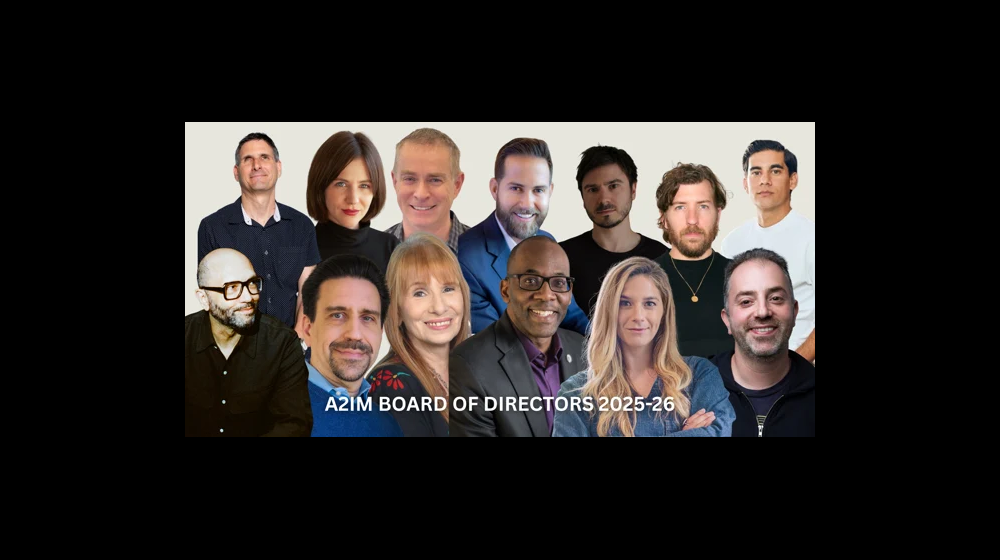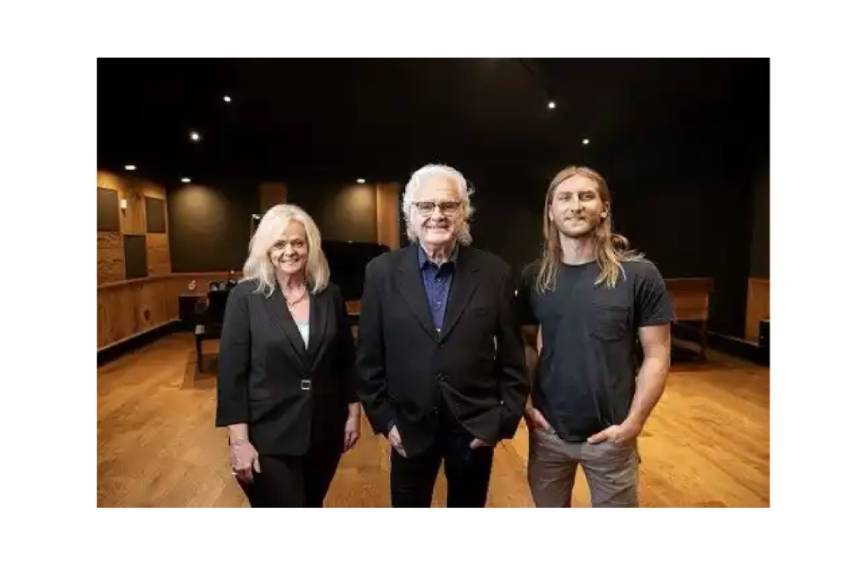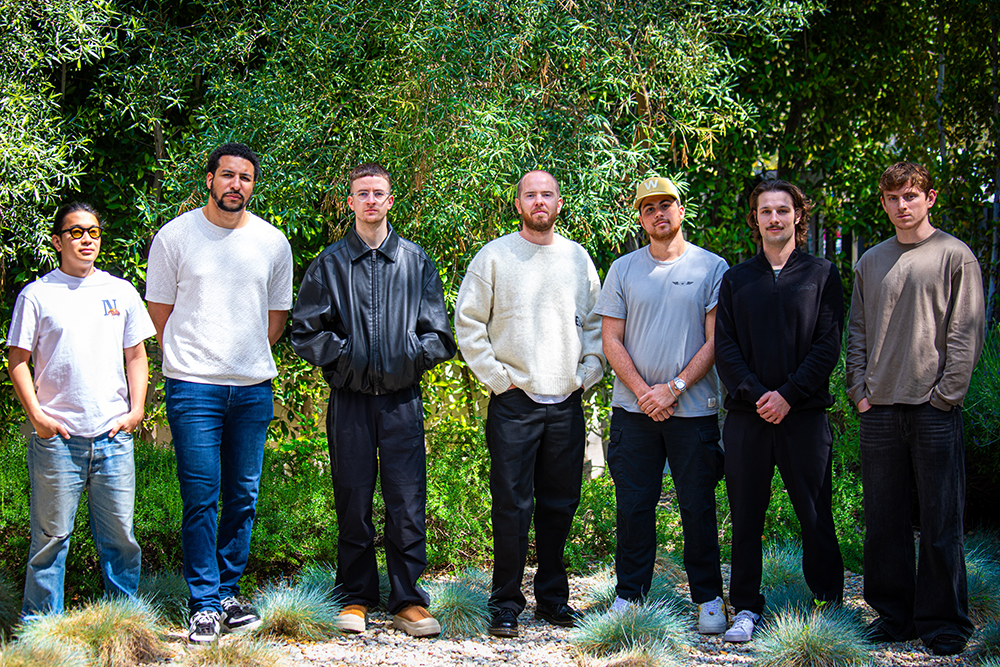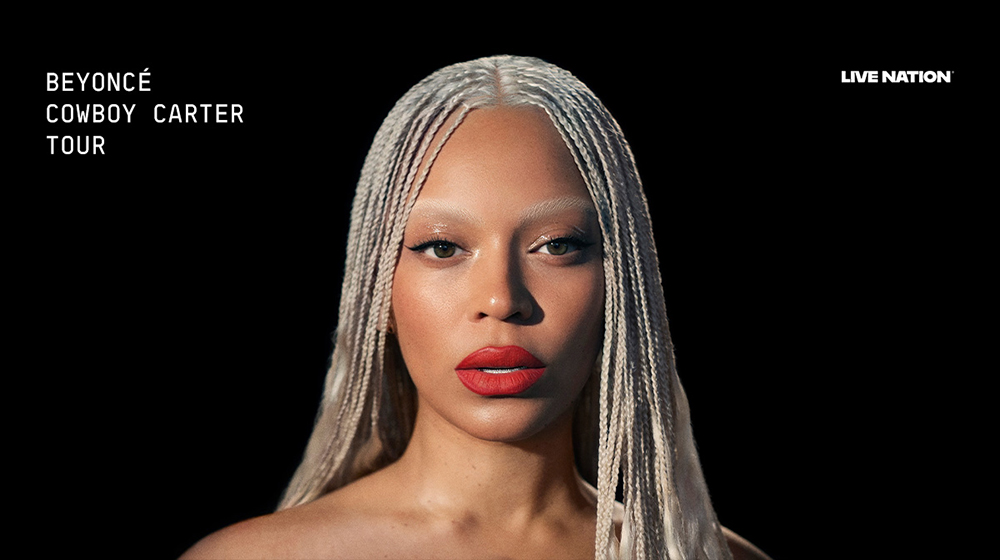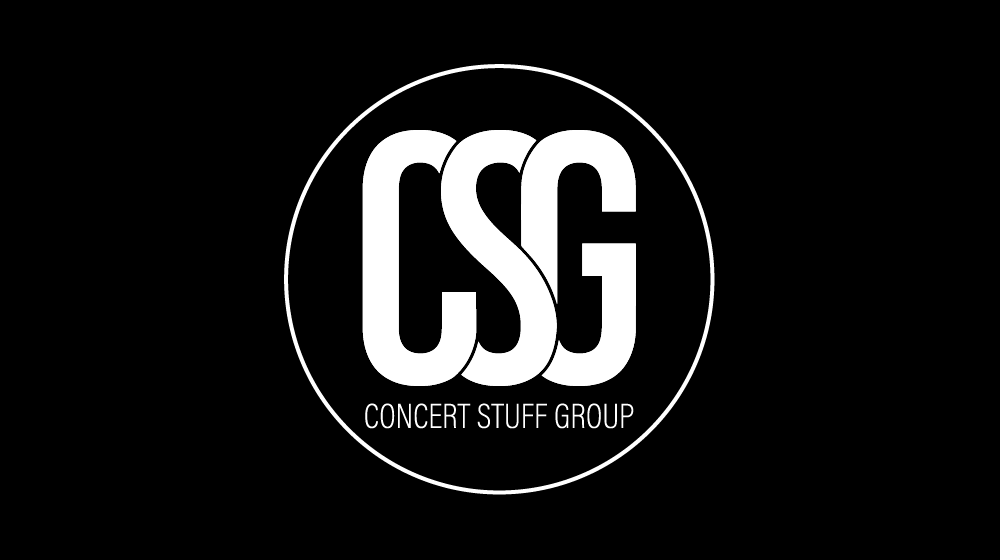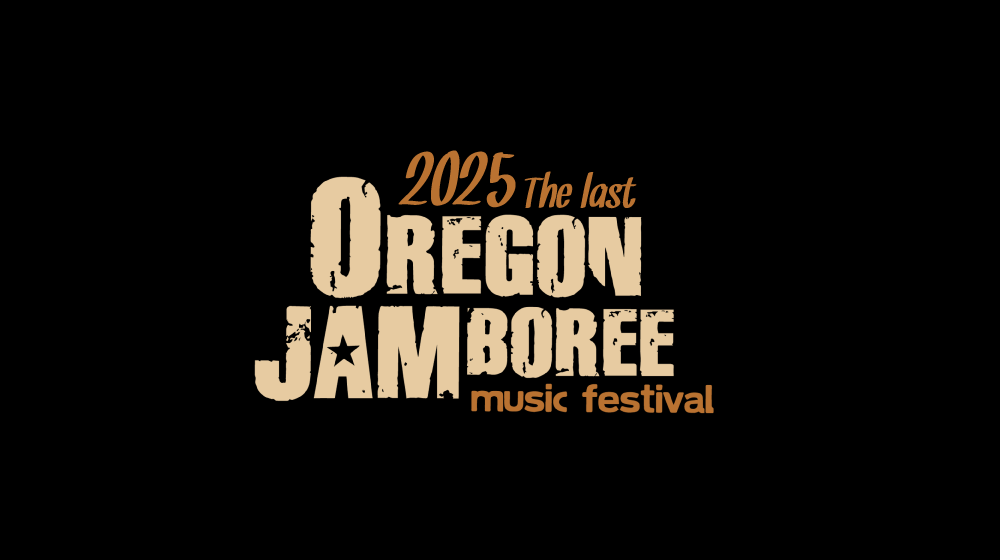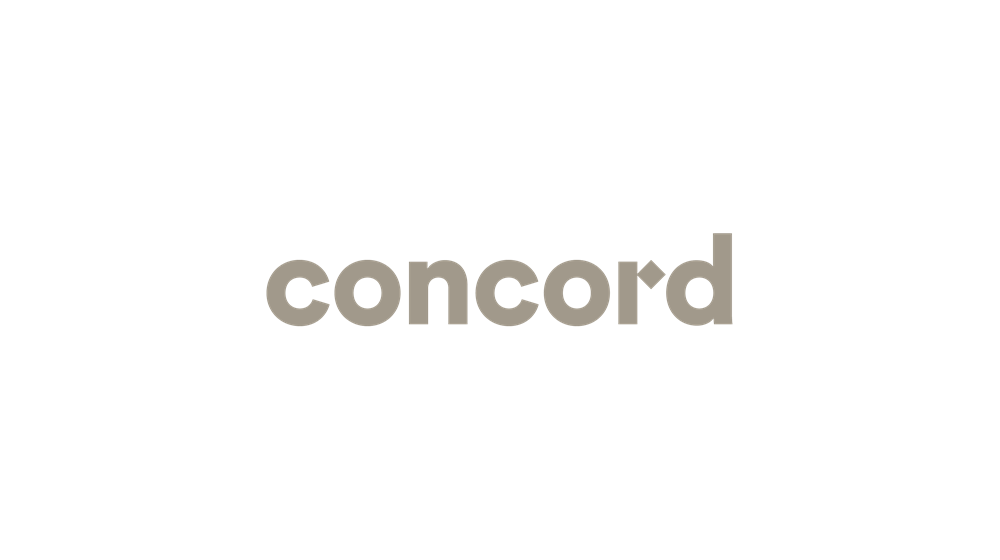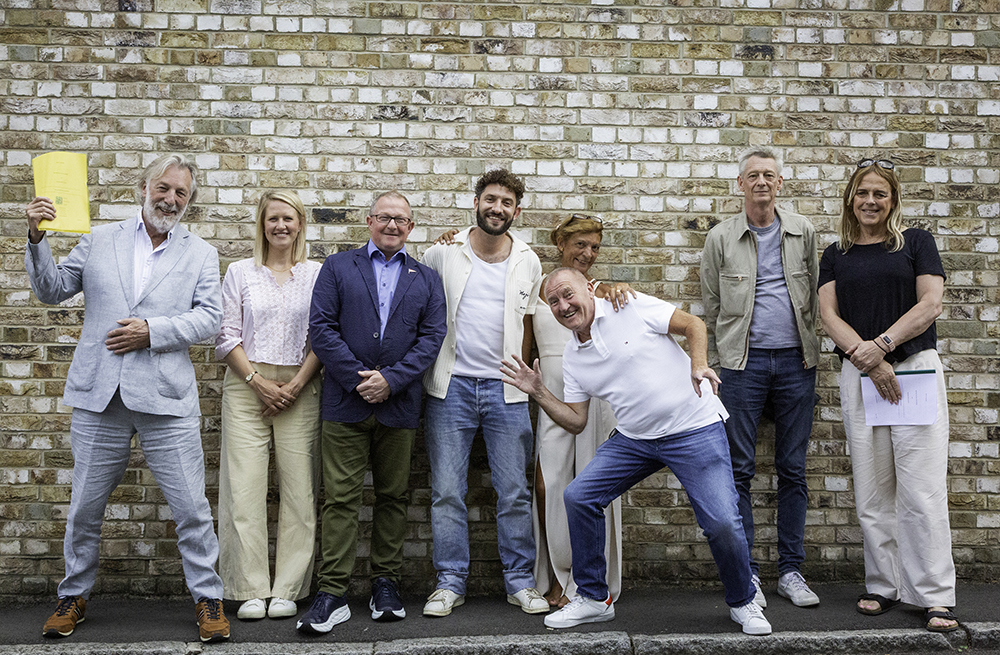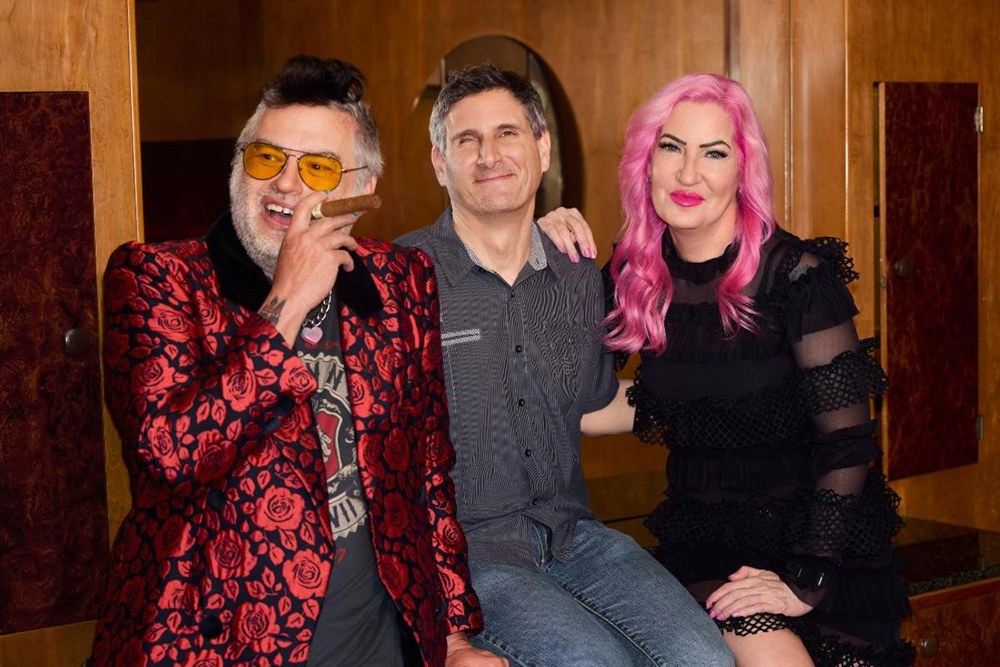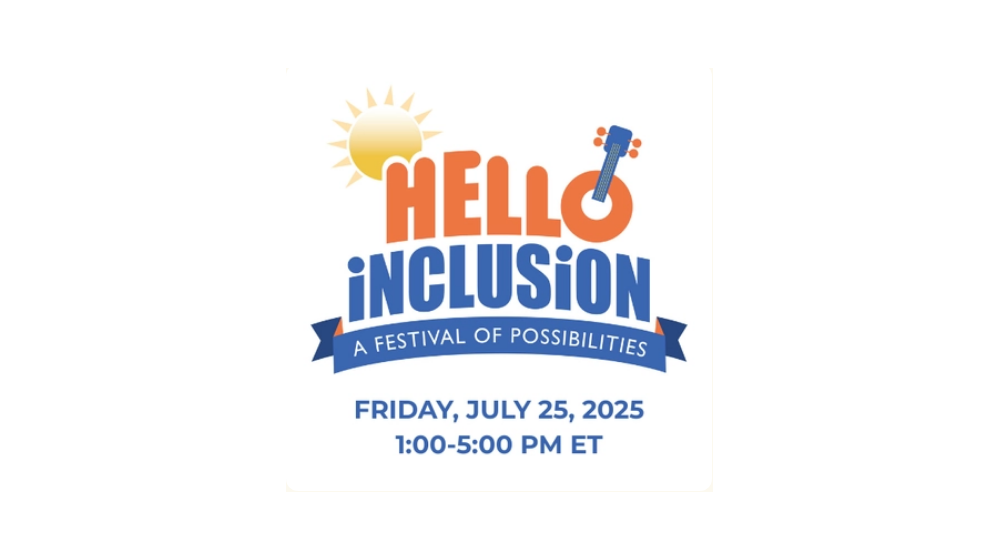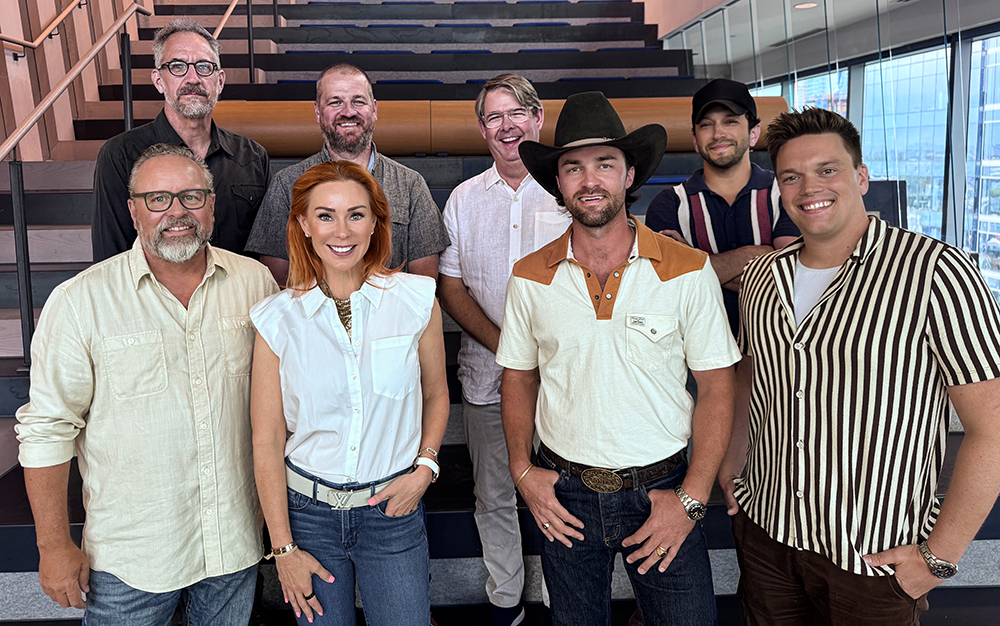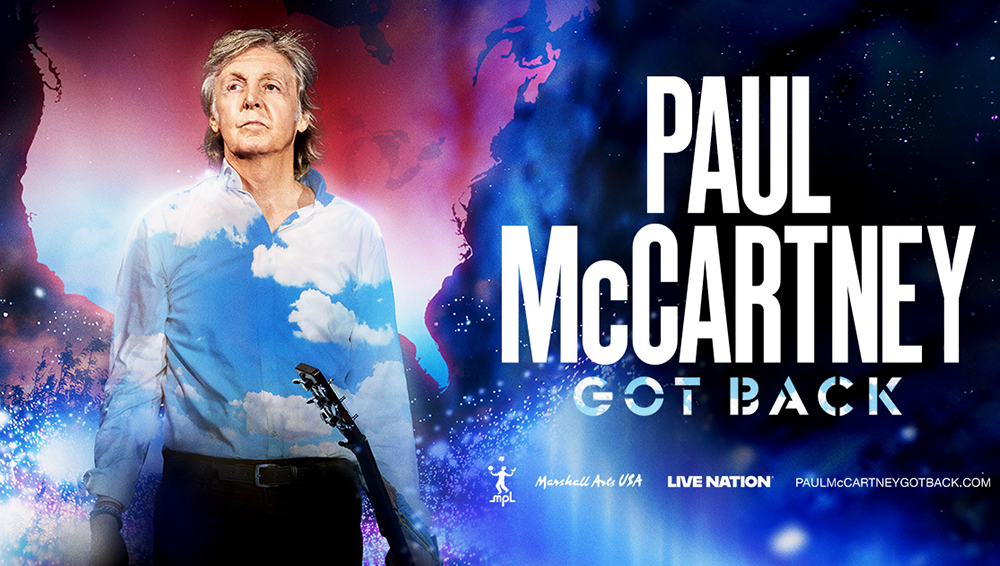I’ve been highlighting the American information crisis for years, and it’s now reaching a critical juncture. News credibility has plummeted, especially among younger audiences who are increasingly turning away from traditional media. The national discourse is clouded by misinformation and often absurdity.
To reverse this trend before it spirals into chaotic misinformation that undermines the nation’s character and hope, we need radical redesigns that stabilize our collective intelligence.
These are strong assertions, but we truly face a crisis. Solutions exist, but they will require extraordinary courage from organizations willing to innovate how information is presented to a truth-starved audience. Striving for neutrality won’t succeed unless it’s delivered in a compelling new format that engages the public and prompts a fundamental rethinking of a tired medium. We need a complete overhaul. Key journalistic components include:
Innovative Information Formats:
We live in an era dominated by social media, where audiences are conditioned by the engaging style of platforms like TikTok rather than the conventional evening news. Why continue to fine-tune a fading format instead of embracing new styles that resonate with today’s audience? Much like the music industry, where new sounds emerge, we have a multitude of visual storytelling tools that can convey narratives far beyond what traditional anchors or reporters can offer.
Aggressive Representation of Diverse Perspectives:
The emphasis here is on being bold. Feature debates between contrasting viewpoints, such as placing a staunch advocate for gun rights next to a Hollywood liberal. Embrace all positions and amplify strong voices without the chaos of overlapping commentary on a cluttered screen.
Focus on Commentators and Public Voices Over Anchors:
Move away from anchors as opinion leaders and instead highlight charismatic commentators who can convey stories with greater impact. Explore innovative ways to incorporate public opinion beyond the clichéd man-on-the-street interviews, shifting the focus from talking heads to a broader range of perspectives.
Geographic Context for News:
Recognize that opinions often differ by region. Illustrate where these regional perspectives come from, providing geographic context to the arguments and highlighting divisions effectively.
Global Headlines:
In our interconnected world, it’s vital to showcase global viewpoints. Presenting the diverse thoughts and reactions from around the globe—whether positive, negative, or mixed—can enrich our understanding.
Accountability for Celebrity Actions:
It’s absurd to celebrate celebrity misbehavior. These individuals wield significant influence and must be held to the same standard as politicians when they engage in harmful actions.
Debunking Conspiracy Theories:
Many conspiracy theories stem from irrational thinking rather than factual information. It’s essential to confront this wave of misinformation driven by social media hysteria.
Empathy Towards Opposing Views:
Approach differing opinions with impartiality and a focus on facts, supported by compelling graphics, rather than disdain.
Multicultural Representation:
While progress is being made, news coverage often lacks the vibrant diversity that characterizes America. It tends to favor stereotypes rather than showcasing the rich array of voices and perspectives.
Action Over Slogans:
It’s almost comical to see news organizations resorting to slogans in a bid for credibility. However, mere marketing statements won’t convince a skeptical public. Authentic action is necessary to build trust, rather than empty promises.
There is hope, but those entrenched in the current information systems often lack the boldness and vision to usher in meaningful change.




















